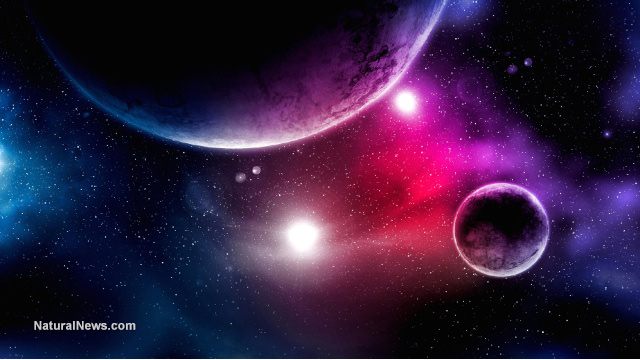
The late, great Albert Einstein wins again. The very first observed instance of a star darting past the supermassive black hole at the center of the Milky Way provides evidence to support his theory of general relativity, an article in Space.com reported.
The black hole is named Sagittarius A*. Seen from our corner of the galaxy, it is relatively quiet except for the occasions when it devours stars that pass too close to it.
Sagittarius A* has four million times the mass of the sun. It generates the most powerful gravitational field in the Milky Way. Along with a number of stars that circle it at high speed, this supermassive black hole has been used to prove the theory of general relativity.
A research team have been using the powerful instruments at the European Southern Observatory (ESO) in Chile to study the galactic center for 26 years. Paris Observatory (PO) researcher Odele Strau remarked that their observations of the center of the galaxy delivered plenty of proof regarding Einstein's long-standing theory. (Related: Understanding massive black hole formation: Researchers believe supersonic gas streams from the Big Bang may provide the answer.)
A swift star spinning around a giant black hole proves Einstein is right
Strau's research team leveraged all kinds of instruments to keep track of the star designated S2. Located 26,000 light years from Earth, the star is one of the few stars that orbit Sagittarius A* without getting eaten by the supermassive black hole.
They got what they were waiting for on May 2018. In that month, S2 zipped past Sagittarius A* at speeds of 15.5 million miles per hour (25 million kilometers per hour).
The researchers measured the position and velocity of S2 during this close encounter. They compared their data with the ones acquired during the star's earlier flybys.
Their findings indicated that the starlight from S2 got distorted in a way similar to how gravity affects space-time in Einstein's theory of general relativity. Furthermore, ESO officials added that the observation displayed strong evidence of redshift taking place.
Redshift is a gravity-related effect on light as it travels through space. The massive gravitational field of Sagittarius A* caused the light wave emanating from S2 to stretch. This change of the wavelength of light matches the redshift predicted by the theory of relativity.
One for Einstein, none for Newton
In addition to validating Einstein, the observation also runs counter to the prediction of the simpler theory of gravity made by Isaac Newton. Researcher Frank Eisenhauer won applause from the crowd when he presented a graph labeled "Einstein 1:0 Newton" to the ESO news conference.
Eisenhauer and his teammates explained that they previously observed S2 pass close to Sagittarius A* in 2002. Back then, the resolution of their instruments was not sharp enough to catch the effects of relativity on light emitted by the fast-moving star.
This time, though, they presented strong evidence that the Newtonian theory of gravity does not hold sway in the realm of a supermassive black hole.
"Here in the solar system, we can only test the laws of physics now and under certain circumstances," explained Françoise Delplancke, an ESO researcher who acted as the co-author of the new study. "So it's very important in astronomy to also check that those laws are still valid where the gravitational fields are very much stronger."
The researchers will maintain their vigil of S2. They expect to find more evidence about how Einstein's theory of general relativity can change the rotation of the star's orbit as it moves away from Sagittarius A*.
If you are curious about the supermassive black holes in other galaxies, you can read more about them at Cosmic.news.
Sources include:
Please contact us for more information.
















